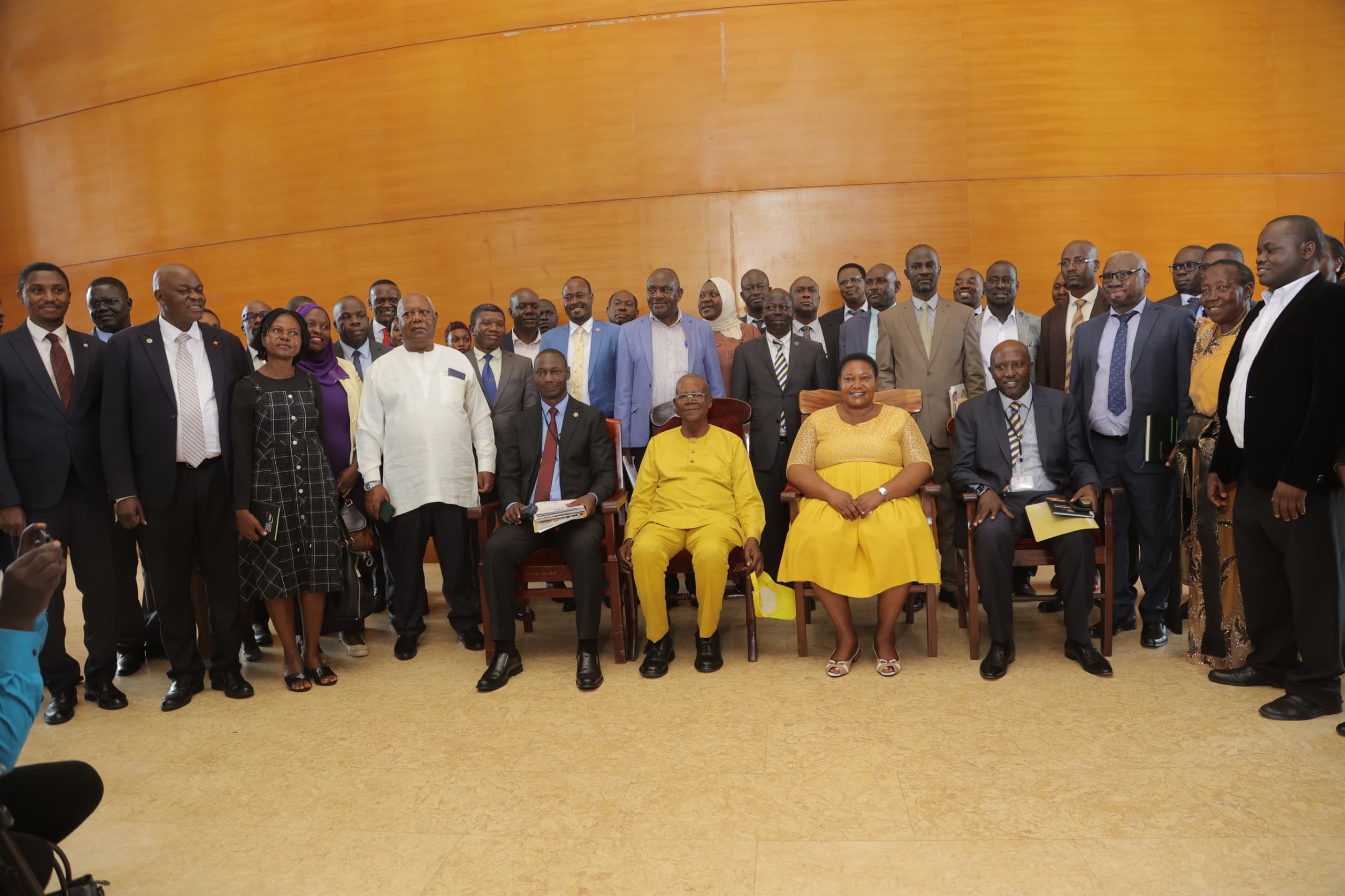The National Resistance Movement’s (NRM) latest Midterm Manifesto Review presents a nuanced picture of progress halfway through its term. According to the report, 35% of the commitments outlined in the manifesto have been achieved, with another 46% still in progress.
The current figures represent an improvement from the previous evaluation in May 2023, which had recorded achievements at 20%, indicating a positive trend in fulfilling the party’s pledges. The NRM Manifesto Implementation Unit, under the Office of the President, sourced this data through a web-based tracking tool involving inputs from technical officers across government Ministries, Departments, Agencies, and local governments.
Willis Bashasha, the Director of the Manifesto Implementation Unit, noted an upward trend from previous years (11% in FY 2021/22 and 20% in FY 2022/23).
“Given that 46% of the commitments are ongoing, we are confident that the performance will exceed 80% by the end of the 5-year period,” he stated.
The manifesto, structured into five thematic areas, encompasses 577 commitments, covering diverse fields such as job creation, wealth generation, essential services (education, health, water), justice, equity, life and property security, and aims for economic and political integration.
Significant progress includes the industrialization agenda and import substitution strategy, with 66% and 65% of commitments in these areas respectively being met. The Parish Development Model (PDM) is underway, with 63% action areas already implemented and 37% in progress.
In the health sector, particularly in disease prevention and control, 55% of the commitments have been met. Advances have also been noted in rural water supply and sanitation, enhancing safe water access.
Despite these advances, challenges such as corruption, insufficient funding, poor alignment of agency plans with manifesto commitments, low public engagement in government programs, and slow shifts in mindset continue to hinder full implementation. Additionally, the shift to program-based planning and budgeting introduces new complexities in the fiscal policy framework, while the high cost of doing business remains a persistent challenge.


